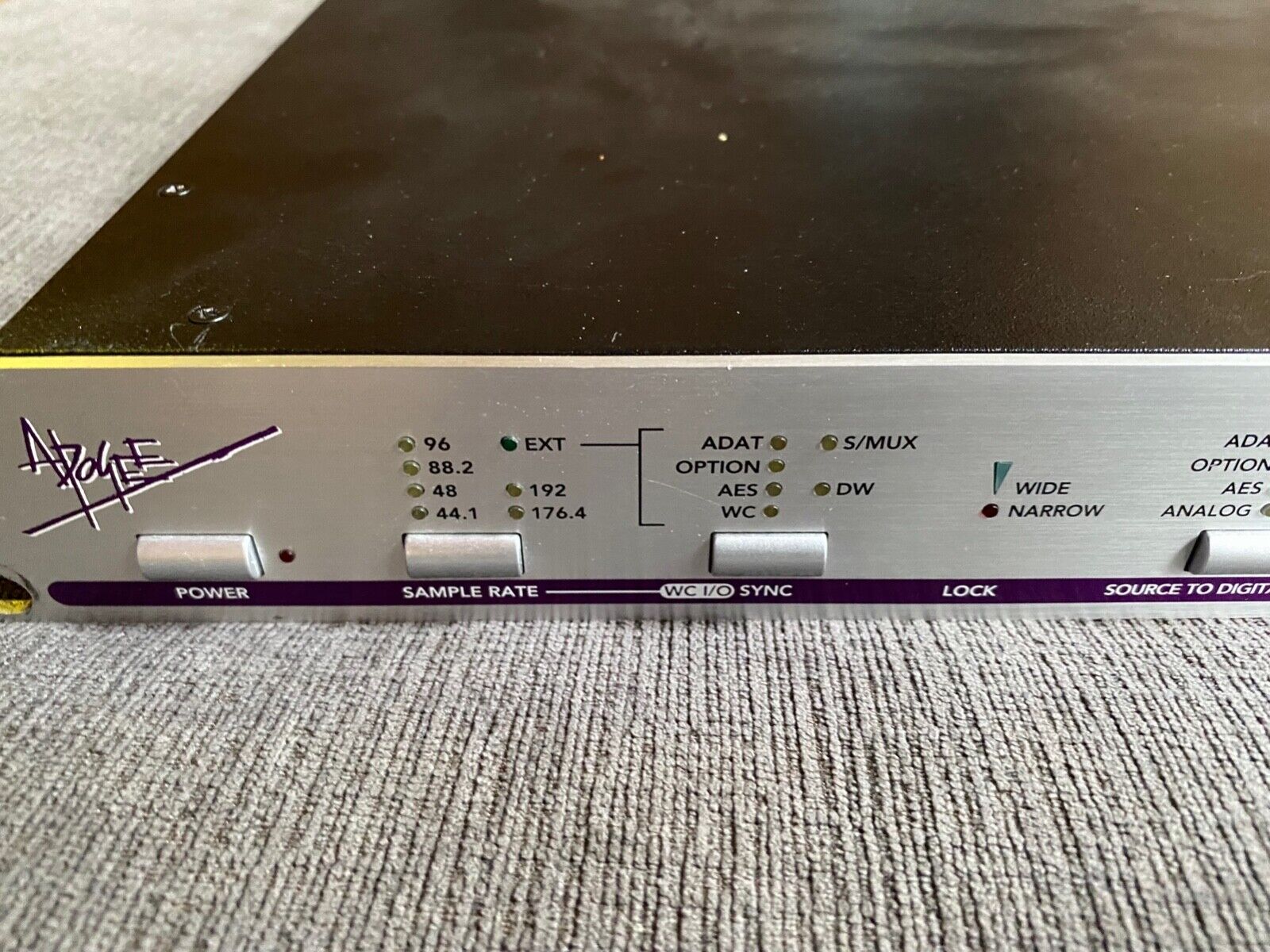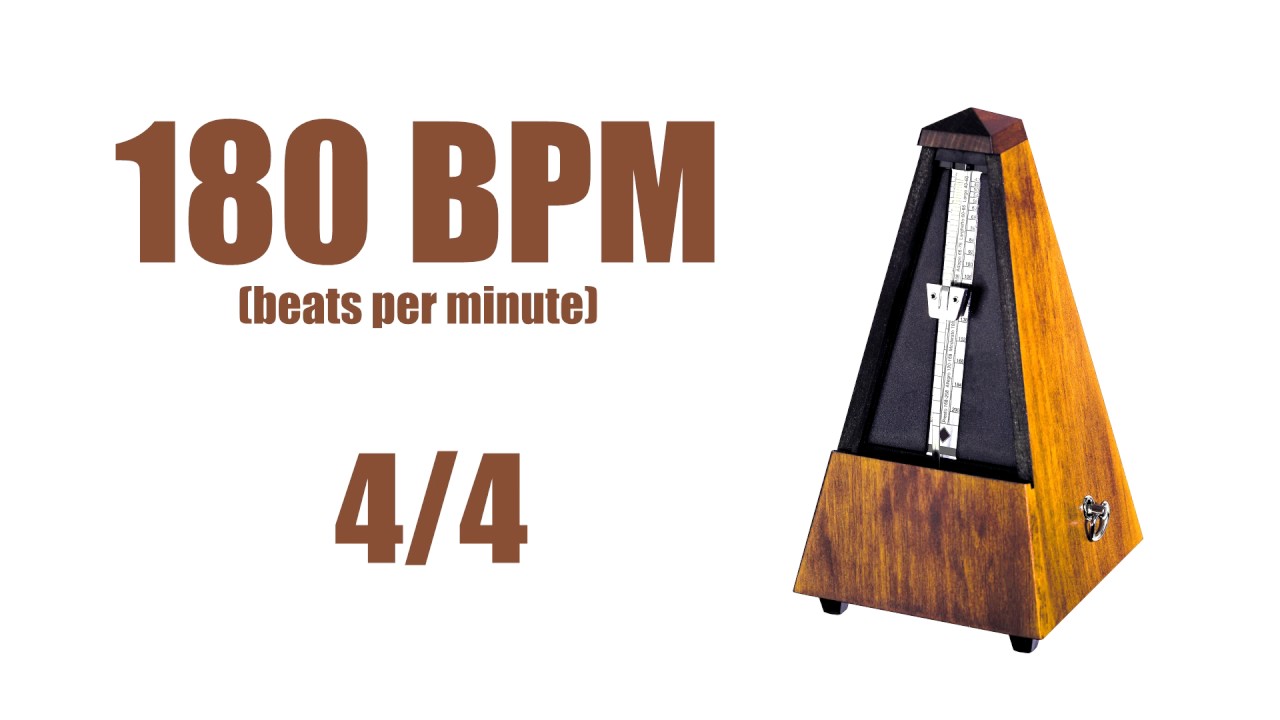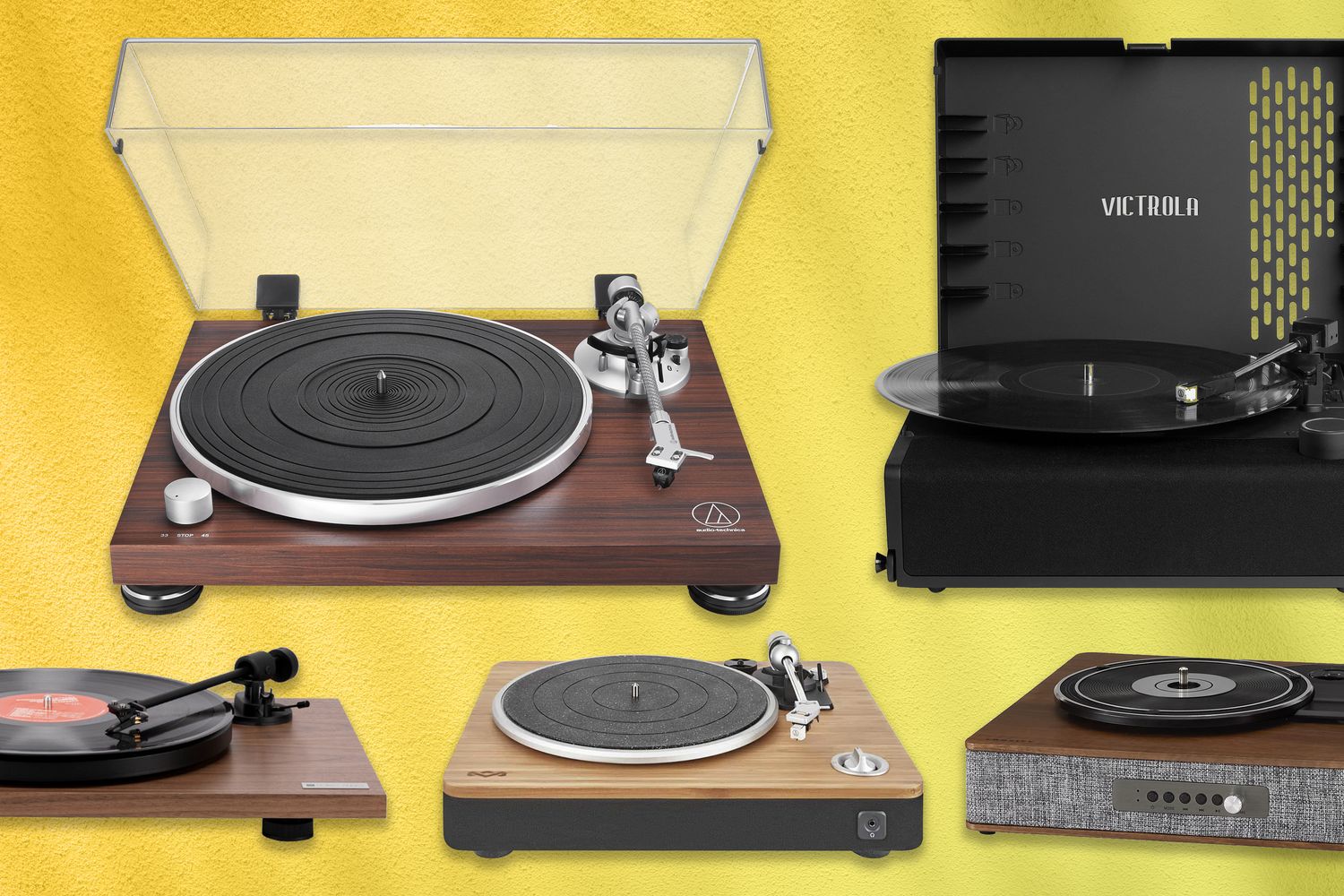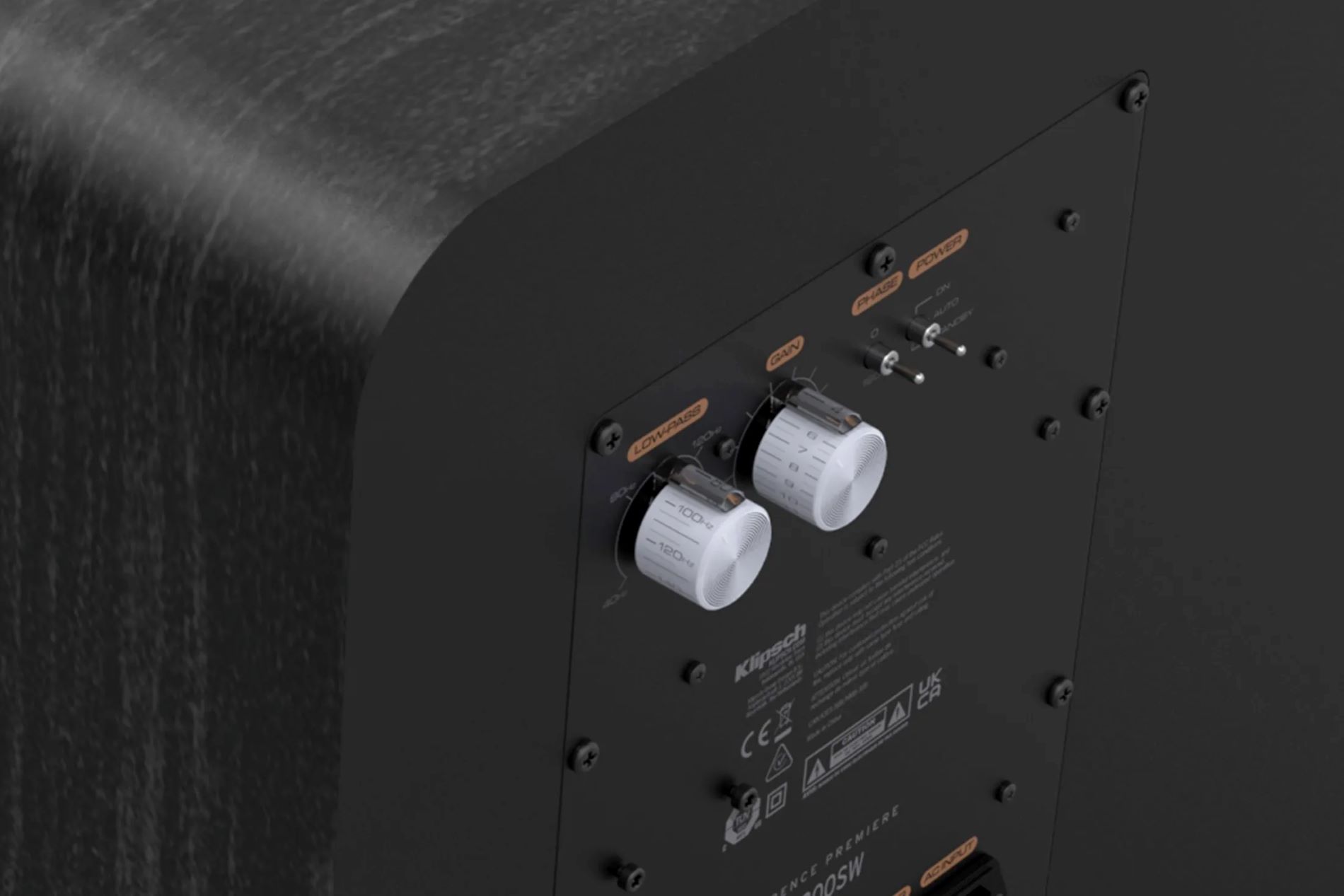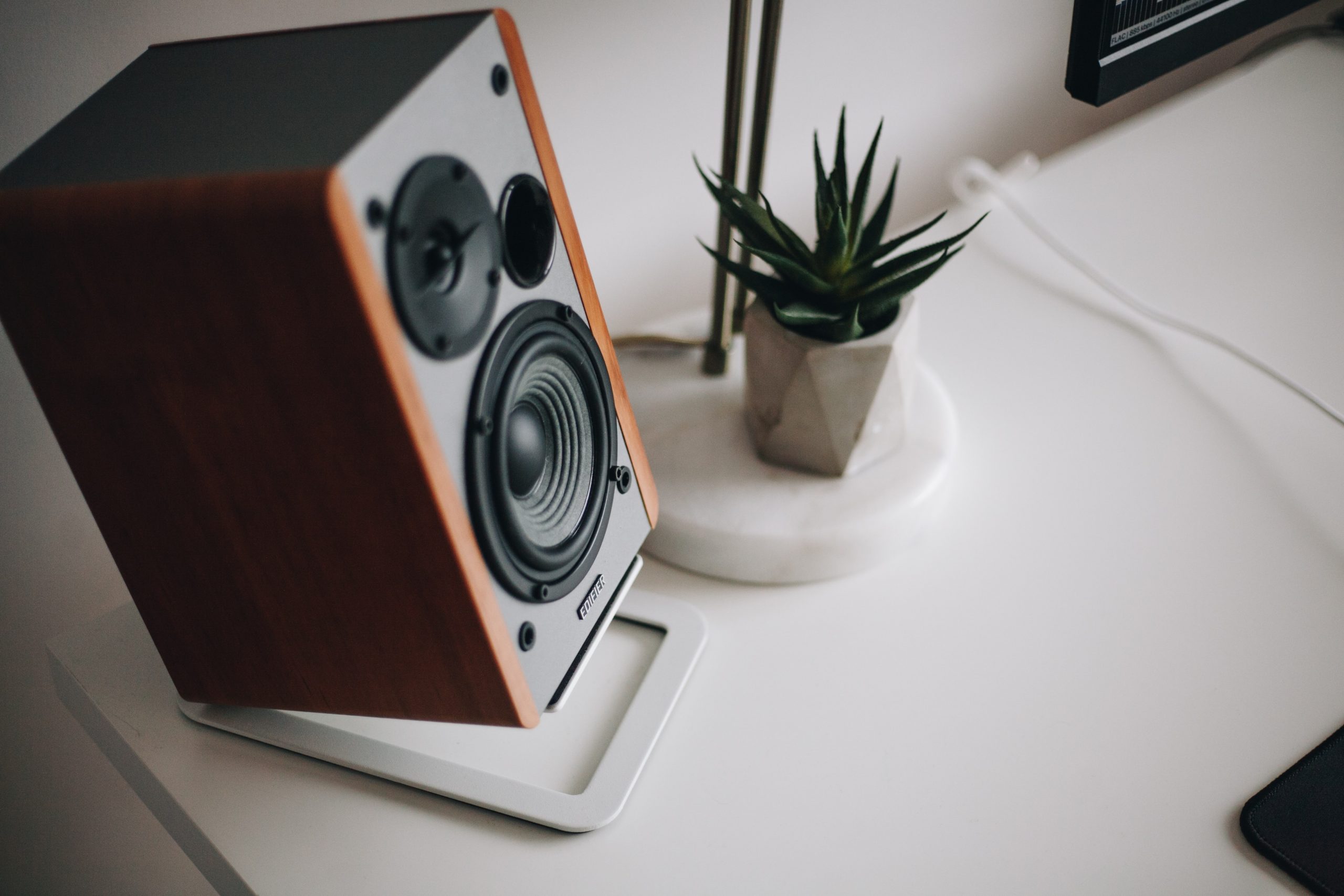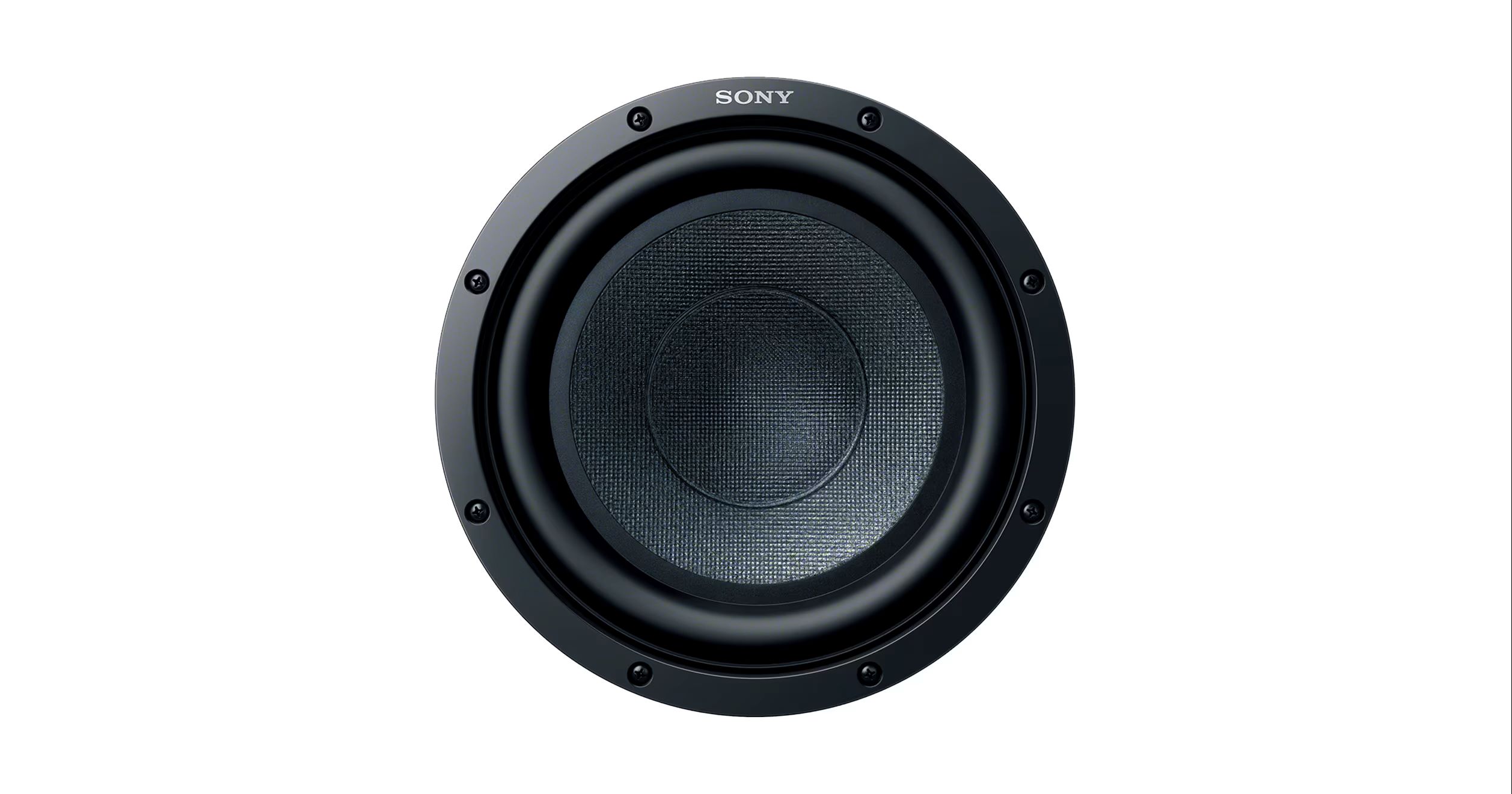Home>Events & Info>Frequency>What Frequency Should I Set My Subwoofer
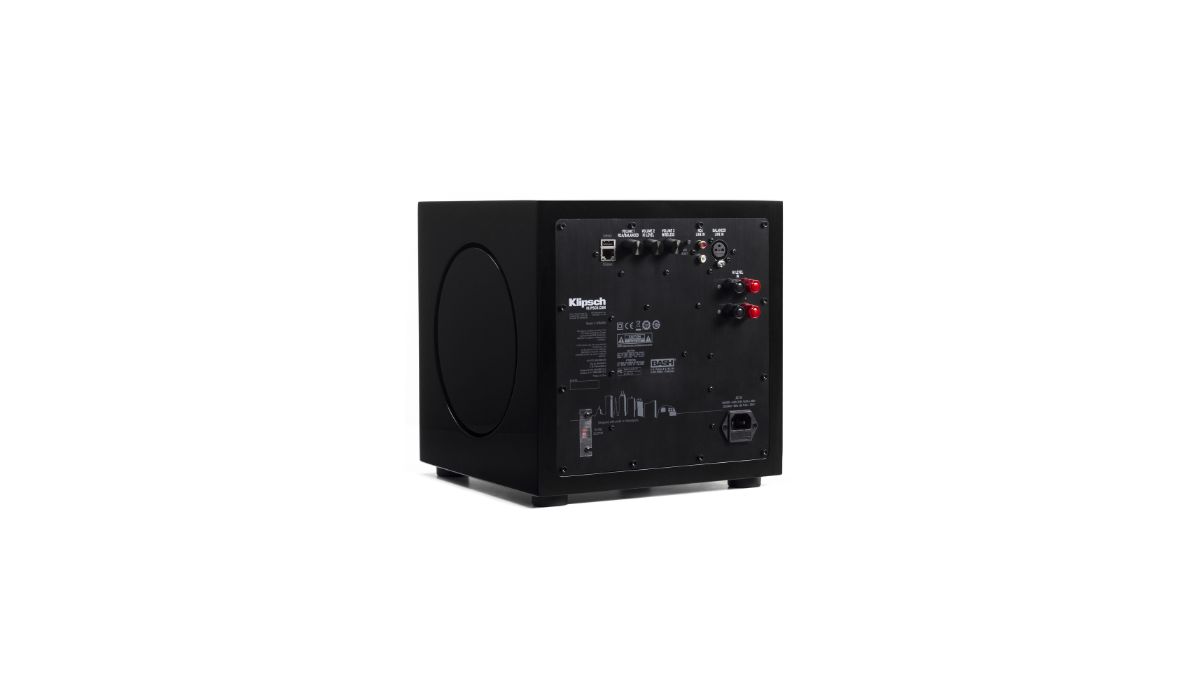

Frequency
What Frequency Should I Set My Subwoofer
Published: February 18, 2024
Discover the optimal frequency for your subwoofer to achieve the perfect balance of bass and clarity in your audio system. Find out how to set the frequency for your subwoofer for the best listening experience.
(Many of the links in this article redirect to a specific reviewed product. Your purchase of these products through affiliate links helps to generate commission for AudioLover.com, at no extra cost. Learn more)
Table of Contents
Introduction
Setting the frequency for your subwoofer is a crucial aspect of optimizing your audio system. The subwoofer is responsible for producing low-frequency sounds, adding depth and richness to your audio experience. However, determining the ideal frequency settings for your subwoofer can be a daunting task for many audio enthusiasts. In this article, we will delve into the intricacies of subwoofer frequency settings and provide valuable insights to help you make informed decisions.
Understanding the role of subwoofer frequency in audio reproduction is essential for achieving the best sound quality in your listening environment. Factors such as room acoustics, speaker placement, and personal preferences all play a significant role in determining the optimal subwoofer frequency. By considering these factors and employing the right techniques, you can ensure that your subwoofer operates at its full potential, delivering a captivating audio experience that complements your overall sound system.
Whether you are a seasoned audiophile or a novice enthusiast, understanding how to set the frequency for your subwoofer is pivotal in achieving the perfect balance of low-end frequencies in your audio setup. Join us as we explore the intricacies of subwoofer frequency settings and uncover the key considerations and techniques for optimizing your subwoofer's performance.
Understanding Subwoofer Frequency
Subwoofer frequency refers to the range of low-frequency sounds that the subwoofer is capable of producing. Typically, subwoofers are designed to handle frequencies in the range of 20 to 200 Hz, with some high-end models extending their capabilities even lower. These low-frequency sounds are responsible for adding depth and impact to the audio, especially in music, movies, and gaming experiences.
Low-frequency sounds, often referred to as bass, are characterized by their deep, rumbling nature. These sounds can evoke powerful emotions and create a sense of immersion, making them an integral part of the overall audio experience. Subwoofers are specifically engineered to reproduce these low-frequency sounds with precision and impact, enhancing the overall audio quality and providing a more immersive listening experience.
Understanding subwoofer frequency is crucial for achieving a balanced and impactful audio reproduction. When properly set, the subwoofer can seamlessly integrate with the main speakers, filling the room with rich, full-bodied sound. However, setting the subwoofer frequency too high or too low can result in an unbalanced sound and potentially overpower the rest of the audio spectrum.
Moreover, the frequency response of a subwoofer plays a vital role in reproducing the intended low-frequency effects in movies and music. For instance, in a movie soundtrack, the subwoofer may be called upon to reproduce the deep rumble of an explosion or the reverberating thump of a bass drum. In music, the subwoofer adds weight and impact to the low-end frequencies, enhancing the overall musical experience.
By understanding the nuances of subwoofer frequency and its role in audio reproduction, you can make informed decisions when setting up and calibrating your subwoofer. In the next section, we will explore the factors to consider when determining the optimal frequency settings for your subwoofer.
Factors to Consider When Setting Subwoofer Frequency
When it comes to setting the frequency for your subwoofer, several crucial factors should be taken into account to ensure optimal performance and seamless integration with your audio system. Understanding these factors will empower you to make informed decisions and tailor the subwoofer settings to suit your listening environment and personal preferences.
- Room Acoustics: The acoustics of your listening room play a significant role in determining the ideal subwoofer frequency. Room size, shape, and the materials used in the construction can impact the way low-frequency sounds propagate and interact with the space. Large, open rooms may require different frequency settings compared to smaller, enclosed spaces. Additionally, the presence of acoustic treatments or sound-absorbing materials can influence the perceived bass response, necessitating adjustments to the subwoofer frequency.
- Speaker Placement: The placement of your subwoofer and main speakers can greatly affect the overall sound reproduction. Proper positioning of the subwoofer in relation to the main listening area and the main speakers can help achieve a cohesive and balanced soundstage. The interaction between the subwoofer and the main speakers can impact the crossover frequency and phase alignment, both of which are crucial for a seamless transition between the subwoofer and the main speakers.
- Listening Preferences: Personal preferences and listening habits also play a role in determining the ideal subwoofer frequency. Some individuals may prefer a more pronounced and impactful bass response, while others may prefer a more subtle and controlled low-end reproduction. Understanding your listening preferences and the type of content you typically enjoy, such as music genres or movie genres, can guide you in setting the subwoofer frequency to align with your preferences.
- Content Type: The type of audio content you frequently engage with can influence the optimal subwoofer frequency settings. For example, movie soundtracks with explosive action sequences and deep bass effects may benefit from lower subwoofer frequencies to fully reproduce the low-end impact. On the other hand, musical genres with prominent bass lines or electronic music may require a different approach to subwoofer frequency settings to complement the musical dynamics effectively.
- Equipment Capabilities: Understanding the frequency response and capabilities of your subwoofer and main speakers is essential for setting the appropriate subwoofer frequency. Different models of subwoofers and speakers have varying frequency ranges and power handling capabilities, which can influence the optimal crossover settings and ensure that each component operates within its intended range for optimal performance.
By carefully considering these factors and their implications on subwoofer frequency settings, you can fine-tune your audio system to deliver a captivating and immersive listening experience that aligns with your preferences and the characteristics of your listening environment.
How to Set Subwoofer Frequency
Setting the frequency for your subwoofer involves a series of steps aimed at optimizing its performance and achieving a seamless integration with your audio system. By following these guidelines, you can ensure that the subwoofer operates within the appropriate frequency range, complementing the main speakers and delivering a balanced, impactful low-frequency response.
- Refer to the User Manual: The user manual provided with your subwoofer contains valuable information regarding the recommended frequency settings and crossover points. Familiarize yourself with the manufacturer’s guidelines and specifications to understand the intended frequency range of your subwoofer.
- Utilize Room Calibration Tools: Many modern audio receivers and processors feature room calibration systems that can automatically detect and adjust the subwoofer frequency and crossover settings based on the acoustic characteristics of your listening environment. Utilizing these calibration tools can simplify the process and ensure that the subwoofer is optimized for the specific acoustics of your room.
- Experiment with Crossover Settings: The crossover frequency dictates the point at which the main speakers transition to the subwoofer, blending the sound seamlessly. Experiment with different crossover settings to find the optimal point where the subwoofer effectively handles the low frequencies without overshadowing the main speakers or creating a noticeable gap in the frequency response.
- Use Test Tones and Measurement Tools: Utilize test tones and measurement tools, such as a sound level meter or calibration microphone, to assess the frequency response of the subwoofer in your listening environment. By conducting frequency sweeps and measurements, you can identify any peaks or dips in the subwoofer’s output and make precise adjustments to achieve a smooth and balanced bass response.
- Consider Bass Management Settings: If your audio system incorporates bass management features, take advantage of the available settings to fine-tune the subwoofer frequency and crossover points. Bass management allows you to redirect low-frequency signals to the subwoofer, ensuring that the low-end content is reproduced accurately and cohesively.
- Listen and Refine: Ultimately, the most critical step in setting the subwoofer frequency is to listen to various audio content and refine the settings based on your subjective evaluation. Pay attention to the impact of the subwoofer on different types of content, including music, movies, and games, and make adjustments to the frequency settings to achieve a satisfying and immersive audio experience.
By following these steps and leveraging the available tools and resources, you can effectively set the subwoofer frequency to harmonize with your audio system, room acoustics, and personal listening preferences, ultimately enhancing the overall quality and impact of the low-frequency reproduction in your audio setup.
Conclusion
Setting the frequency for your subwoofer is a crucial step in optimizing your audio system for a captivating and immersive listening experience. By understanding the role of subwoofer frequency, considering key factors such as room acoustics, speaker placement, and personal preferences, and following effective techniques for setting the subwoofer frequency, you can achieve a balanced and impactful low-frequency reproduction that complements your overall audio setup.
Subwoofers play a pivotal role in reproducing the deep, rumbling bass that adds depth and richness to music, movies, and gaming content. When properly set, the subwoofer seamlessly integrates with the main speakers, creating a cohesive soundstage and delivering a captivating audio experience that resonates with the listener.
As you embark on the journey of setting the subwoofer frequency, it’s essential to refer to the user manual for specific guidelines, leverage room calibration tools, experiment with crossover settings, utilize measurement tools for precise adjustments, and refine the settings based on subjective evaluation. By taking a holistic approach and considering the interplay of various factors, you can tailor the subwoofer frequency to align with your listening environment and preferences, ultimately enhancing the overall audio quality and immersion.
Whether you are a music enthusiast seeking impactful bass reproduction, a movie buff craving cinematic low-frequency effects, or a gaming aficionado aiming for immersive soundscapes, the optimal subwoofer frequency settings can elevate your audio experience to new heights.
In conclusion, the art of setting subwoofer frequency is a blend of technical understanding, creative fine-tuning, and subjective evaluation, all aimed at achieving a harmonious and impactful low-frequency reproduction that resonates with the listener. By embracing the nuances of subwoofer frequency and employing the right techniques, you can unlock the full potential of your audio system, immersing yourself in the captivating world of deep, resonant bass that enriches every listening session.

